Major Off Grid Solar System Components
Major Off Grid Solar System Components
If you are interested in an off-grid power system, you may be unsure about where to start. Becoming familiar with the basic off grid solar system components can help you feel more confident when speaking with an installer or product seller.
Important System Components:
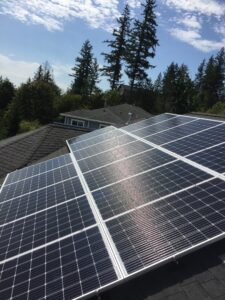 The most visible and commonly known piece of equipment in a solar system, the solar panels, absorb energy from the sun and convert it to DC (direct current) power. These are also referred to as photovoltaic or PV panels, which means that they create electricity from light. Each solar panel only produces a specific amount of energy, so most solar electric systems consist of multiple solar panels interconnected together in “strings”. This is called a solar array. The wattage and number of panels that you need depends on your power consumption, geographic location and your goals for going off grid.
The most visible and commonly known piece of equipment in a solar system, the solar panels, absorb energy from the sun and convert it to DC (direct current) power. These are also referred to as photovoltaic or PV panels, which means that they create electricity from light. Each solar panel only produces a specific amount of energy, so most solar electric systems consist of multiple solar panels interconnected together in “strings”. This is called a solar array. The wattage and number of panels that you need depends on your power consumption, geographic location and your goals for going off grid.
Solar panels are not an essential component to off grid systems, but using solar energy is the most common and usually the most cost-effective way of generating power away from the grid. As solar panels have dropped in price while also becoming more efficient, they are an excellent way of producing usable electricity for your project. Other options include wind power and, in some areas, micro hydro power. We do have several customers who live amongst trees and therefore solar is not possible. In those cases, they rely on an appropriately sized generator to recharge their batteries and an appropriately sized battery bank to fulfil their daily needs.
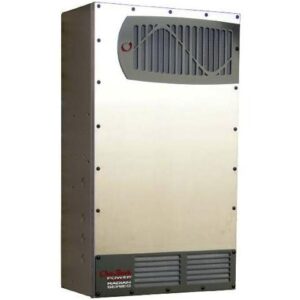 As you are likely aware, most appliances and devices you use every day run on AC (alternating current) power. Solar panels, however, produce DC (direct current) power. A power inverter converts the DC power from your solar array to AC power for use in your home. Off grid inverters are critical to your system because without an inverter, you would not have usable power.
As you are likely aware, most appliances and devices you use every day run on AC (alternating current) power. Solar panels, however, produce DC (direct current) power. A power inverter converts the DC power from your solar array to AC power for use in your home. Off grid inverters are critical to your system because without an inverter, you would not have usable power.
 To keep the solar panels stable, safe, and pointed in the right direction, the solar panels are secured to mounting or racking. These anchoring systems provide proper directional orientation, maximize production, and provide the structural support needed to protect your investment from any strong weather. Solar panels can be mounted on the roof of a home, which requires a roof racking system, on a pole (called a pole mount), or on the ground (called a ground mount). Regardless of which solar panels you have or where you want to mount them, there are various methods and equipment that can be used to safely secure them in place.
To keep the solar panels stable, safe, and pointed in the right direction, the solar panels are secured to mounting or racking. These anchoring systems provide proper directional orientation, maximize production, and provide the structural support needed to protect your investment from any strong weather. Solar panels can be mounted on the roof of a home, which requires a roof racking system, on a pole (called a pole mount), or on the ground (called a ground mount). Regardless of which solar panels you have or where you want to mount them, there are various methods and equipment that can be used to safely secure them in place.
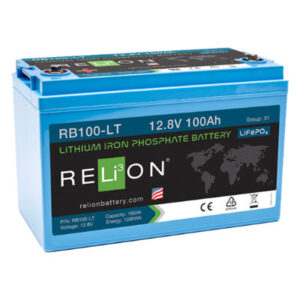 Providing you with instantaneous power, a battery bank is an essential component of an off grid solar system. Batteries store energy produced by your panels (or energy provided by your generator) that is used when your system is not producing enough electricity, like at night or on dark days.
Providing you with instantaneous power, a battery bank is an essential component of an off grid solar system. Batteries store energy produced by your panels (or energy provided by your generator) that is used when your system is not producing enough electricity, like at night or on dark days.
An important part of the planning process is ensuring that your battery bank is accurately sized for your power consumption at its maximum usage. This means you should account for days when you are using the most power and may not have the best solar conditions. By using our Load Calculator, you can easily determine how much power your loads use so that your battery bank can be properly sized.
For off grid use you will need deep cycle batteries which can withstand continuous charging and discharging cycles without causing premature failure. These deep cycle battery types are: Flooded Lead Acid, Sealed Lead Acid, Lithium Ion (Li-ion) and Lithium Iron Phosphate (LiFePO4).
To learn more about each of these battery types, read these articles:
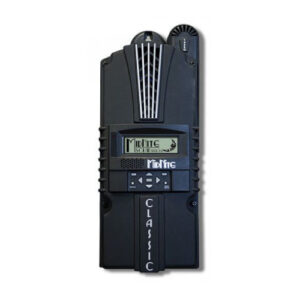 Though charge controllers can differ in some functionality, their main purpose is to keep batteries charged using the power from your solar panels. They also ensure that you receive the longest life from your battery bank by preventing your batteries from being overcharged. Some charge controllers also display battery status and power flow, prevent battery discharge, and protect from electrical overload.
Though charge controllers can differ in some functionality, their main purpose is to keep batteries charged using the power from your solar panels. They also ensure that you receive the longest life from your battery bank by preventing your batteries from being overcharged. Some charge controllers also display battery status and power flow, prevent battery discharge, and protect from electrical overload.
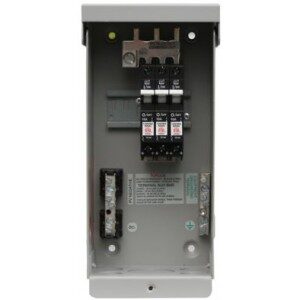 A junction box gathers necessary electrical connections at one location providing a neat and clean looking installation. Solar combiner boxes are used to combine multiple circuits from your solar array, referred to as “strings”, to a single charge controller.
A junction box gathers necessary electrical connections at one location providing a neat and clean looking installation. Solar combiner boxes are used to combine multiple circuits from your solar array, referred to as “strings”, to a single charge controller.
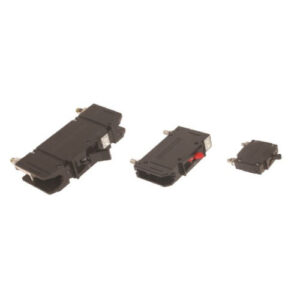 The most important function of a circuit breaker is to protect you from electrical shock. A circuit breaker should be installed on every circuit within your system to also protect the wire from catching fire and your equipment from being damaged in the event of a short circuit.
The most important function of a circuit breaker is to protect you from electrical shock. A circuit breaker should be installed on every circuit within your system to also protect the wire from catching fire and your equipment from being damaged in the event of a short circuit.
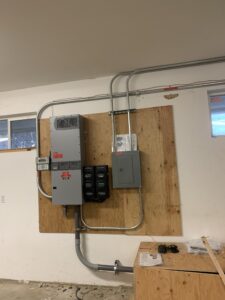 Electrical conduit is a tube of material used to protect and route the wiring needed to connect the various parts of a solar system. While various materials can be used, Fire Mountain Solar prefers rigid tubing over flexible counterparts for maximum durability and long-term protection and performance.
Electrical conduit is a tube of material used to protect and route the wiring needed to connect the various parts of a solar system. While various materials can be used, Fire Mountain Solar prefers rigid tubing over flexible counterparts for maximum durability and long-term protection and performance.
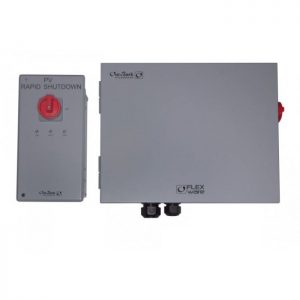 In the event of a fire or another emergency, rapid shutdown provides for a quick, safe shutdown of the electricity flowing from your solar array so that responders can safely access your roof. Module level rapid shutdown is a requirement for all NEC (national electric code) compliant systems.
In the event of a fire or another emergency, rapid shutdown provides for a quick, safe shutdown of the electricity flowing from your solar array so that responders can safely access your roof. Module level rapid shutdown is a requirement for all NEC (national electric code) compliant systems.
Purely a safety device and frequently unused, an RSD is vital in case of an emergency. Rapid shutdown is not required for ground or pole mounted arrays since it only applies to structures that are considered a “dwelling”, such as your home or shop.
In most off-grid systems a generator is also included to supply power when renewable technologies do not produce enough electricity to meet demand. They are excellent for occasional support and can charge your batteries whenever needed. Keep in mind that you will have to maintain your generator with regular oil changes, new spark plugs and air filters, and of course fuel.
The listed items are the main components you’ll need for your off grid solar system, excluding the standard electrical materials used for all electrical projects.
However, because our renewable energy solutions are customized to each specific location and client, we may suggest additional products that will help make your life off the grid more comfortable and convenient.
